On June 19 and 22, Hezbollah released two recordings showing high-resolution aerial images, catching Israeli security authorities and regional observers off guard. Apparently captured by a drone flying at medium to low altitudes, the footage highlighted security and strategic sites, including fuel storage facilities, thermal power stations predominantly located in Haifa, and the city's docks. This move underscored the potential reach of Hezbollah's missiles and drones to critical Israeli energy infrastructure.
The release triggered widespread speculation about Hezbollah’s missile capabilities, with analysts suggesting these missiles could directly strike the highlighted facilities. Such an attack could further destabilise Israel's economy, which is already experiencing significant challenges. The current economic situation is considered one of the worst in Israel's history, rivalled only by the first two decades after the state's founding and the Yom Kippur War.
On the other hand, many of these analyses have overlooked the Israeli electrical grid's distribution of generation stations, electrical load, maximum voltage, and generation sources, leaving the assessment incomplete. Even if Hezbollah’s missiles were to reach these stations and hit their targets with enough power and accuracy to disable them, it does not necessarily mean the entire electrical grid would be taken out of service or significantly reduce its capacity to produce electrical energy, which could impact daily life in Israel.
This analysis aims to review the generation stations, their capabilities, and their locations within Israel to investigate the potential impact of Hezbollah’s anticipated attacks on these facilities.
Electric Grid Division
The world’s electric grids operate in three main stages. The first stage is generation, where raw energy is converted into electrical energy. This process occurs in large stations, which can be thermal (using fossil fuels), nuclear (using nuclear fuel), hydroelectric (using dams and water force to rotate turbines), or renewable (using sources like solar or wind power). At this stage, electrical energy is produced in its primary form but is not yet ready for final consumption. It must be processed further in transmission stations, where the voltage is adjusted.
Generation stations require vast areas and expensive equipment, making this stage the most resource-intensive for a country. Continuous expansion of these facilities is necessary to meet the ever-increasing demand for electricity.
The second stage is transmission, which prepares the electricity produced by generating stations for final consumers by converting it into low-voltage electricity suitable for household appliances and equipment. This stage also requires stations, but they are generally smaller and less expensive in terms of investment costs.
The third stage is distribution, where the electricity produced in transmission stations is delivered to the final domestic or industrial consumers. This stage involves extending the electrical grid across the country to ensure citizens’ access. The following figure illustrates the three stages of the electric grid:

When targeting to cause damage, hitting generating stations is the most severe and impactful, as it affects the entire electricity grid of a country rather than just a specific area, as with targeting transmission stations. Restarting generating stations after an attack entails significant costs and the procurement of spare parts, which may not be readily available domestically and would likely need to be imported from abroad. This process can prolong the time required to restore service, resulting in substantial political and economic consequences.
While transmission and distribution stations are also viable targets, their strategic value is generally lower. They are more challenging to target due to their dispersed locations across larger areas than generating facilities, typically concentrated in specific regions.
Therefore, the images broadcast by Hezbollah focused solely on stations of the first stage, encompassing the Haifa power station itself, its associated fuel depots, and even the Haifa refinery power station. This prioritises a detailed review of this stage in this paper, considering its strategic importance and the specific targets highlighted in the images.
Israeli Electric Generation Capacities
Distribution of Generation Capacities
The total generation capacity of the Israeli electric grid is approximately 18.7 gigawatts, sourced from 144 stations. These stations encompass various types, excluding nuclear stations, with a significant concentration in thermal stations, as depicted in the following figure:
The figure illustrates that production stations are predominantly concentrated at approximately 12.7 gigawatts from oil and gas sources, along with 4.3 gigawatts from coal. This allocation is primarily justified by Israel’s substantial gas reserves, estimated at around 7 trillion cubic feet , a considerable amount relative to local consumption and population size. Consequently, power stations were strategically developed to harness this abundant natural gas resource.
However, it’s crucial to note that most of Israel’s gas originates from offshore gas platforms in the Mediterranean Sea, situated within range of Hezbollah’s missiles. These platforms represent sizable, stationary, and high-value targets vulnerable to attack, particularly given Hezbollah’s advancing missile capabilities, which enabled the party to capture detailed images subject to analysis.
Many of the coal stations were constructed before the discovery of significant gas reserves in the early 2000s. According to the latest statistics, a substantial portion of the coal used for electricity generation was imported from Colombia, accounting for approximately 50% of Israel’s total imports, valued at around $320 million in the first eight months of 2023 . However, Colombia announced a suspension of its coal exports to Israel until its aggression against the Gaza Strip ceased.
In addition to coal, most of the oil used for generation, besides gas, is imported via the sea through the port of Haifa. The images released by Hezbollah focused on showcasing this critical infrastructure, including the port, its sea pier, and its storage facilities.
The cumulative factors indicate Hezbollah’s significant capability to disrupt the arrival of materials essential for generating 91% of Israel’s electrical capacity. This disruption could occur by targeting the platforms receiving these materials or attacking storage facilities within Israeli ports. However, Israel has options to mitigate these threats. One strategy involves redirecting oil supply routes southward to the port of Eilat, which is farther from Lebanese territory and, therefore, more challenging to target. This port benefits from the Eilat-Ashkelon oil pipeline, also known as the Europe-Asia Pipeline, which facilitates the exchange of oil and petroleum products between northern and southern Israel.
It is noteworthy that in 1975, amid the first oil boom and during President Ford’s administration, the United States and Israel entered into an agreement. This accord ensured that the United States would guarantee oil supplies to Israel during emergencies, such as instances where Israel faced disruption from its regular trade sources due to war or sea lane closures. This agreement underwent multiple extensions, with the final renewal occurring in 2004 for a decade until 2014 . According to this agreement, if Israel encountered difficulties acquiring the necessary oil for domestic consumption, the United States committed to supplying oil from its strategic reserves for Israel to purchase. Additionally, the United States pledged to assist Israel in securing the requisite transportation means if Israel could not do so independently.
This situation suggests that if Hezbollah disrupts the flow of energy supplies to Israel, it could exert pressure on the United States to renew the oil supply agreement. Israeli efforts might also push for renewal, particularly in response to Hezbollah’s increasing threats to Israel’s energy routes. Such developments could provide the United States with additional reasons to engage directly with Hezbollah, potentially leading to a confrontation distinct from a war involving Israel alone.
Distribution of Generating Stations
The 144 power stations mentioned earlier, responsible for generating 18.7 gigawatts of power in Israel, are situated across various occupied locations in Palestine and the Golan Heights. However, many of these stations have relatively low capacities; specifically, 84 of them produce less than 100 megawatts each. The following figure illustrates the geographical distribution of the 60 stations with capacities exceeding 100 megawatts:
The figure illustrates the concentration of large power stations primarily in northern and central regions of Israel, particularly in Haifa and the Golan Heights. Many of these stations were established before the 2000s when Hezbollah’s missile capabilities were less advanced than today. However, in response to the evolving threat posed by Hezbollah’s improved missile accuracy and range, Israel has adopted a strategic shift in the construction of new power stations. The aim is to place them in locations that are more challenging for Hezbollah to target despite their enhanced missile capabilities. The following figure depicts all Israeli power station capacities along with their respective construction dates:
The Capabilities of Israeli Stations and their Construction Dates
The figure clearly indicates a shift in Israel’s approach to power station construction after 2010, focusing on renewable energy sources and smaller capacities. This shift serves three strategic objectives.
Firstly, it aims to reduce dependence on external fuel by harnessing solar energy in the Negev Desert and wind energy in the occupied Golan Heights. This move is intended to mitigate the vulnerability of facilities involved in extracting, receiving, and storing fossil fuels to missile attacks.
Secondly, the strategy involves relocating stations, particularly solar ones, to the far south. This geographical move makes it significantly more challenging to target these stations, as any missiles or drones would need to traverse the entirety of Israeli airspace to reach them.
Lastly, the impact of losing one or several stations on the overall grid is minimised by dispersing and reducing their capacities, particularly in the range of 20 to 300 megawatts. This decentralised approach makes it difficult to achieve significant disruption by targeting multiple stations simultaneously with precision.
These measures collectively aim to enhance the resilience of Israel’s energy infrastructure against potential threats, particularly from groups like Hezbollah with advancing missile capabilities.
Possibility of Electric Grid Damage from Hezbollah Missile Targeting
Hezbollah’s missile capabilities extend beyond 700 km , although their technological limitations hinder their accuracy. For analysis, we will consider Hezbollah possessing missiles and drones with ranges up to 150 km that are highly accurate. This range allows them to potentially target Israeli installations across the entire northern region, as depicted in the following figure:
The figure illustrates that many of Israel’s older, high-capacity thermal power stations fall within the effective range of Hezbollah’s missiles and drones, potentially placing significant portions of Israeli energy infrastructure within Hezbollah’s reach. The three power stations located in Haifa are notably vulnerable, less than 30 km from Hezbollah’s border. These stations collectively generate approximately 3,050 megawatts, accounting for 17.8% of Israel’s total generation capacity. Even without assuming the perfect accuracy of Hezbollah’s missiles and drones, these critical targets could exert substantial pressure on the Israeli grid. However, the following considerations shall be taken into account:
- The aforementioned stations consist of multiple units, each comprising several independent units. Therefore, taking one of these units out of service does not imply taking the entire station offline, as illustrated in the following table:
Thus, damaging the largest unit in Haifa would result in only 575 megawatts being lost out of Israel’s total capacity of 18.7 gigawatts. To turn off the entire Orot Rabin station, Israel would need to incapacitate all six of its units simultaneously, a challenging task. Even if one unit is struck, Israeli defences would likely be activated to mitigate subsequent attacks or minimise their impact. Additionally, not every strike on a unit would necessarily render it inoperable. Therefore, Hezbollah would need to target the same unit multiple times, alongside other units, to hinder the entire station effectively.
- It should also be noted that the highest recorded load for the Israeli grid is 14 gigawatts, indicating that the grid may have a surplus of up to 3 gigawatts during peak times, which can be redirected from other stations to affected areas. Therefore, to inflict significant damage on the Israeli grid, the disruption must exceed this surplus of 3 gigawatts, equivalent to taking all nine units in Haifa offline simultaneously, adding further complexity to the task.
In summary, Hezbollah possesses the capability to inflict notable damage on the Israeli electrical grid or its supply sources. However, it lacks the capacity to turn off the grid altogether or cause sustained economic damage over the medium to long term. While Hezbollah’s missile force can impose a temporary blockade in terms of time and space, disrupting Israel’s ability to import fossil energy in the short term, the grid’s resilience and the capacity for strategic mitigation measures mitigate the long-term impact on the Israeli economy.
References
U.S. Energy Information Administration, Israel- Country profile, Available at:https://www.eia.gov/international/analysis/country/ISR, Accessed: 24th Jun 2024
MANUEL RUEDA, Colombia will suspend coal exports to Israel over the war in Gaza, AP, Available at: https://apnews.com/article/colombia-israel-coal-exports-467a61fed8c0779f27a3179629717436 Accessed: 24th Jun 2024
EAPC, About US, Available at: https://www.eapc.com/about-us/company-profile/, Accessed: 24th Jun 2024
Ran Dagoni, US fails to renew emergency oil supply pact with Israel, Globes, 16th March 2005, Available at: https://en.globes.co.il/en/article-us-fails-to-renew-oil-supply-agreement-with-israel-1001018925, Accessed: 24th Jun 2024
Jewish Virtual Library, Memorandum of Agreement between the Governments of the United States of America and Israel concerning Oil, Available at: https://www.jewishvirtuallibrary.org/memorandum-of-agreement-between-the-governments-of-the-united-states-of-america-and-israel-oil, Accessed: 24th Jun 2024
Maariv, Hezbollah has up to 200,000 rockets aimed at Israel, INSS assesses, The Jerusalem Post, 23rd Oct, 2023, Available at: https://www.jpost.com/middle-east/article-769639, Accessed: 24th Jun 2024
United Nations Economic Commission for Europe. (2021). Energy Policy, Available at: unece.org/sites/default/files/2021-12/6.1 Energy Policy%2C 7Dec.pdf



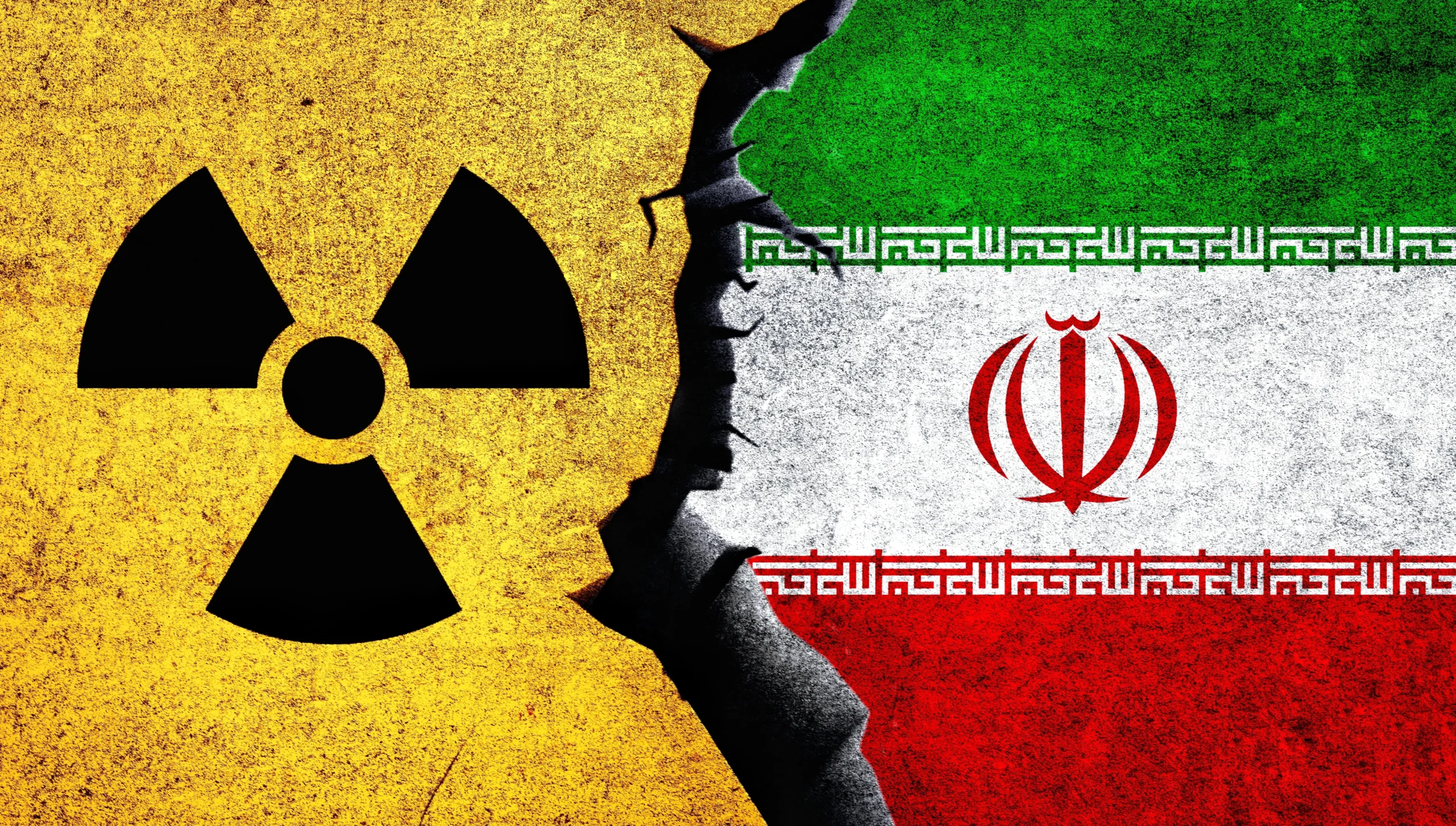

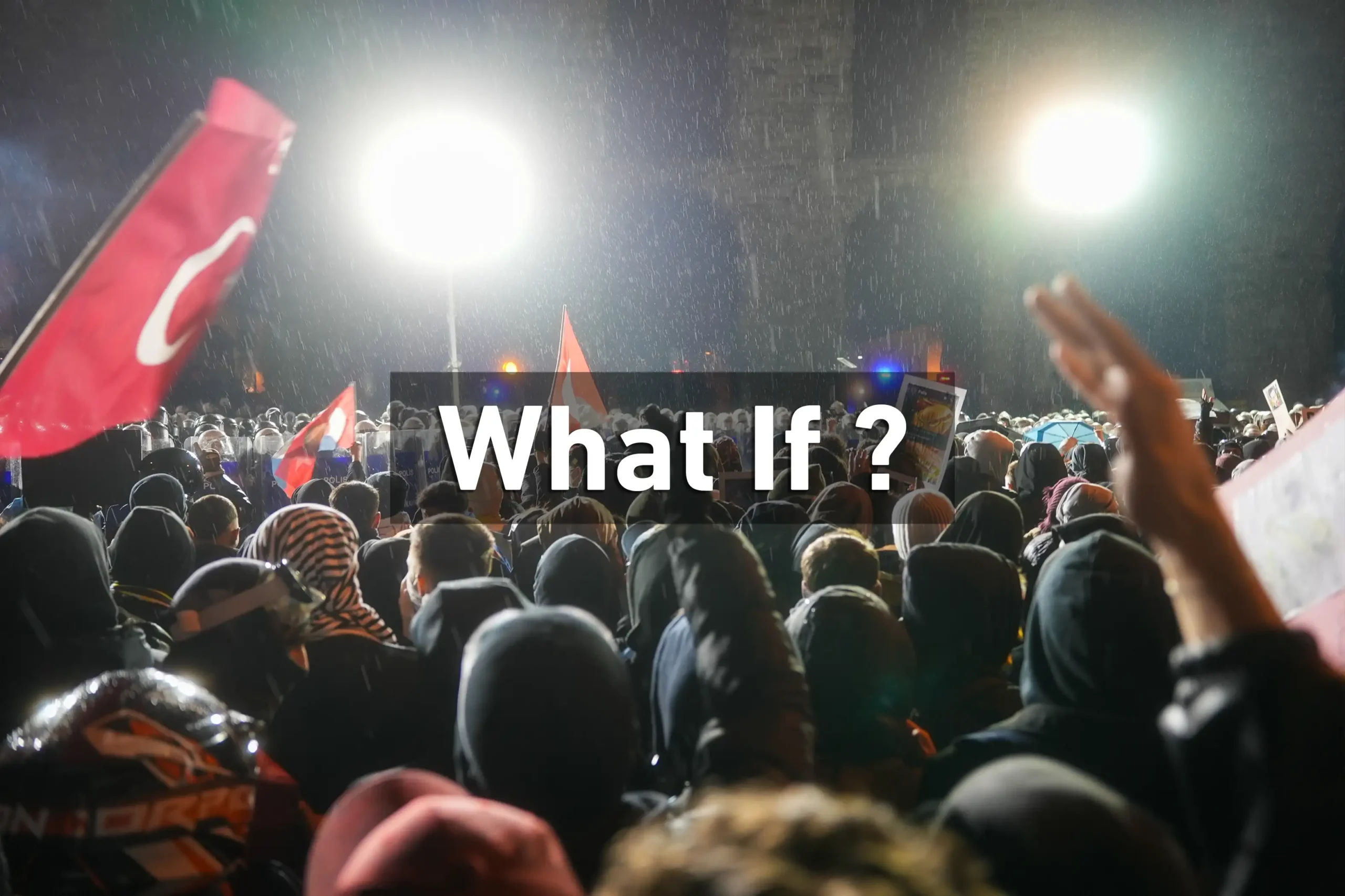


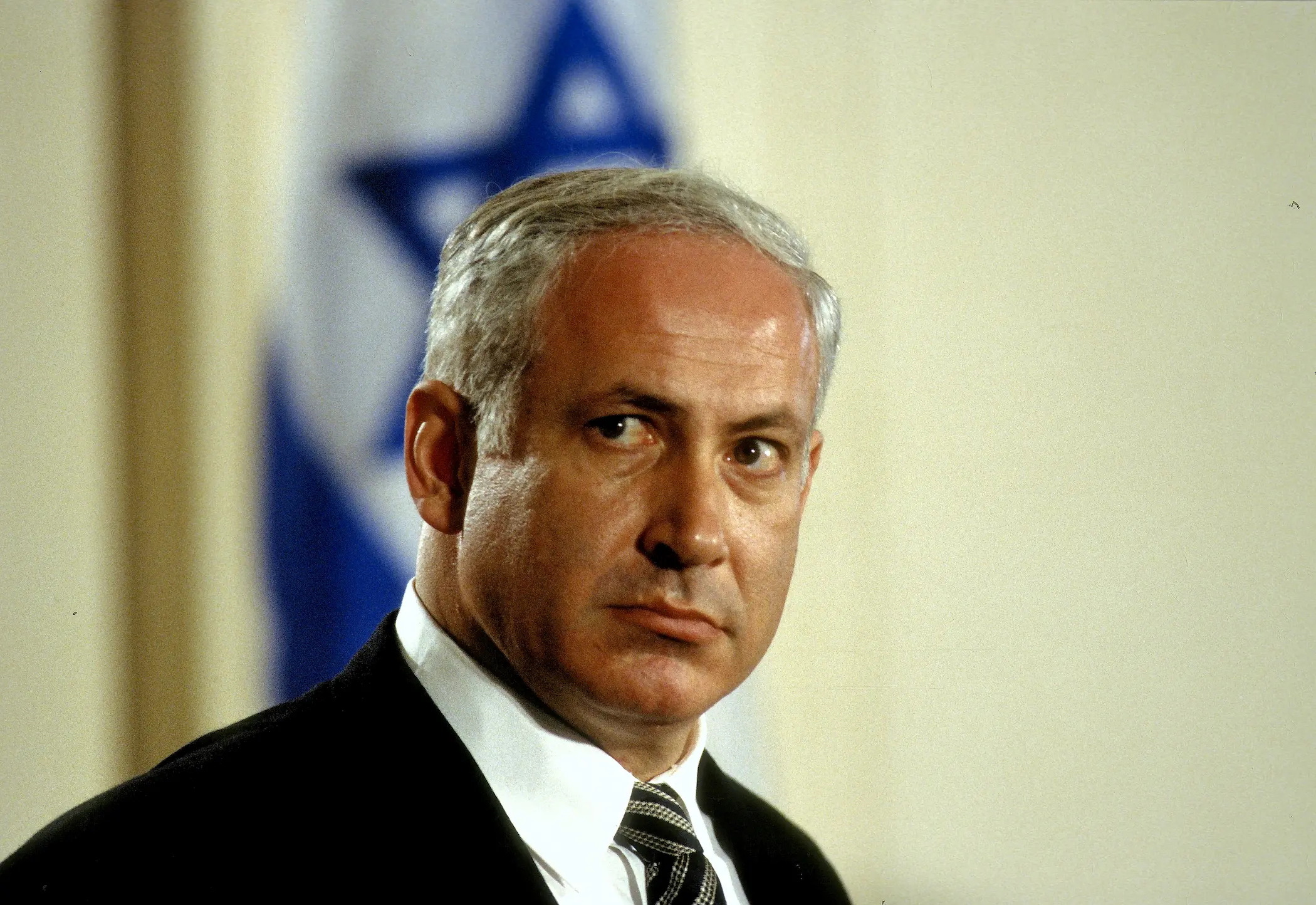
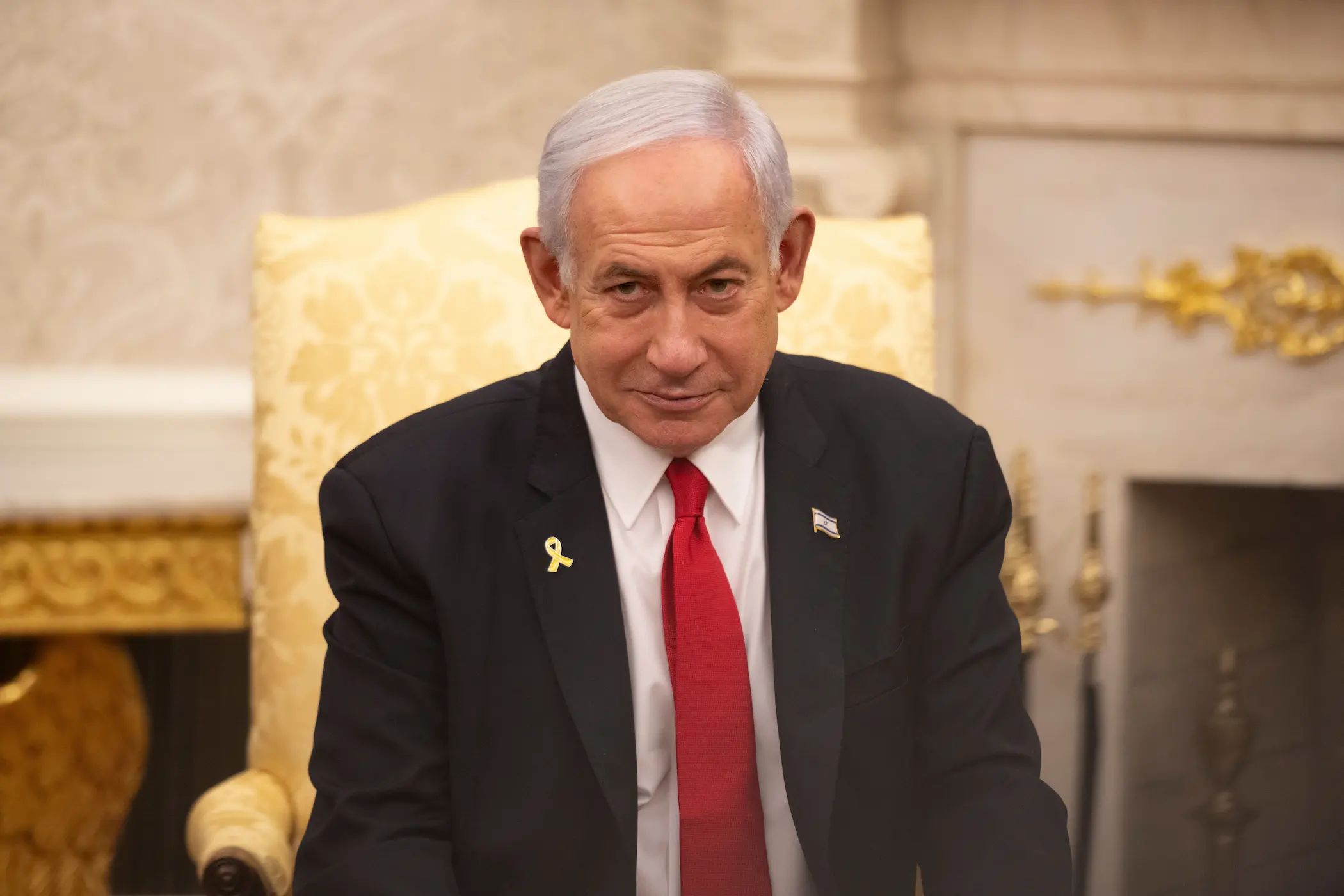
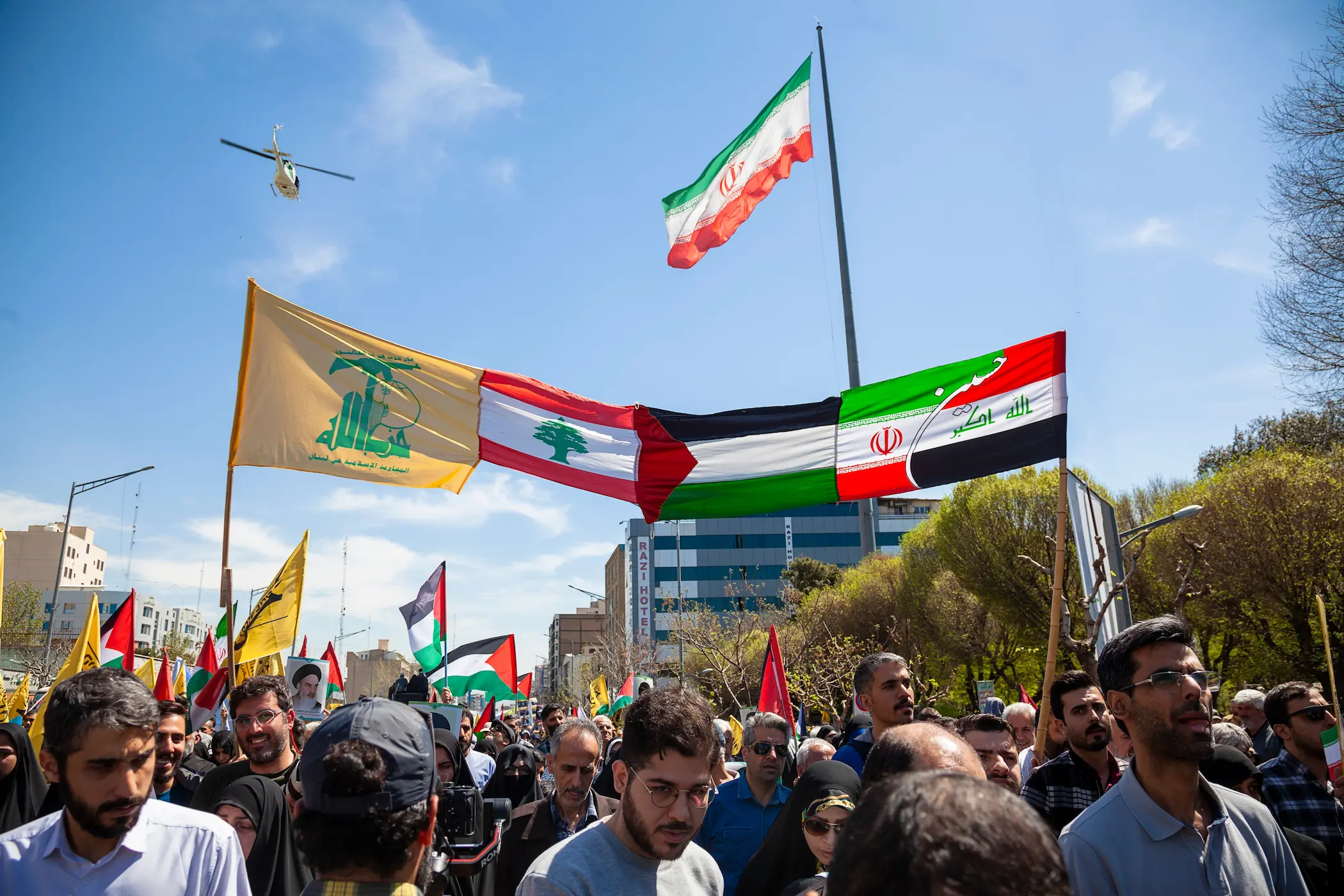

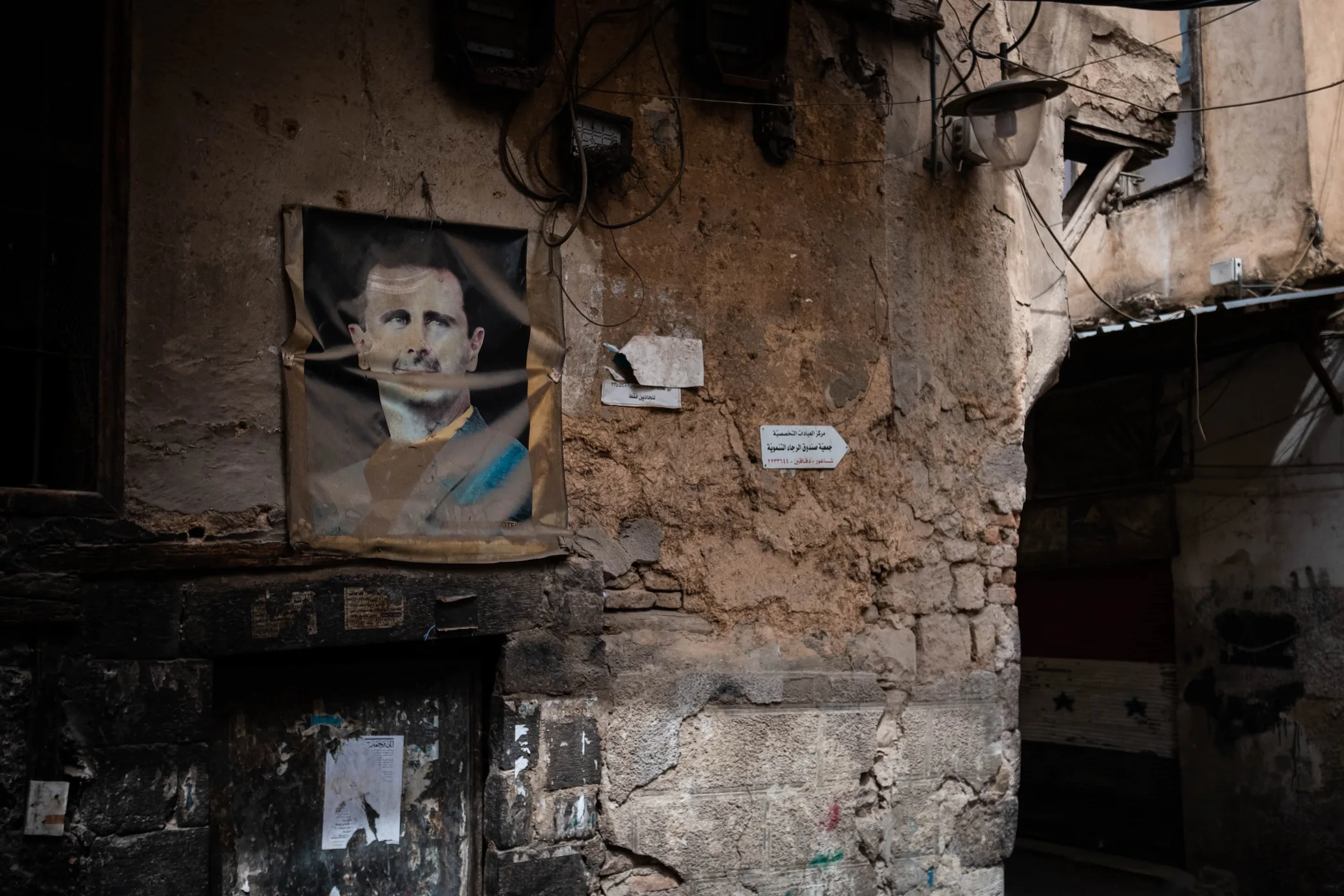


Comments